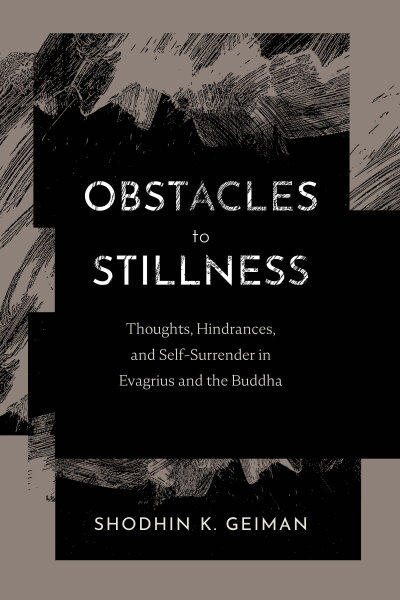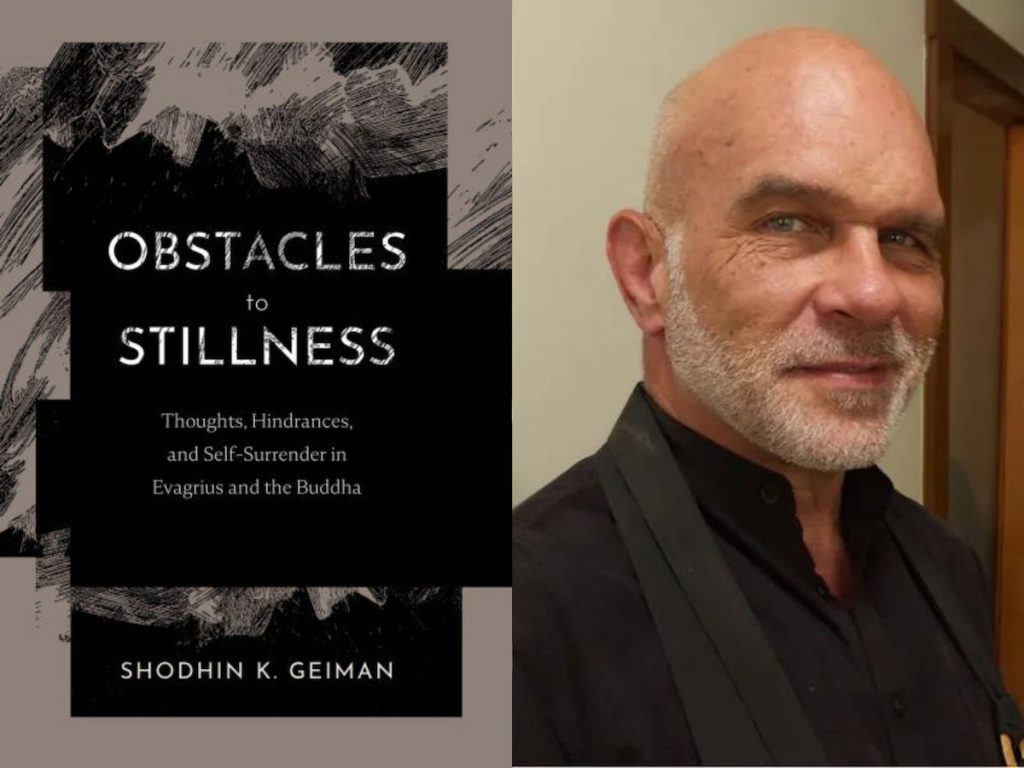The five nivaranas (hindrances)—sensory desire, ill will, sloth-torpor, restlessness-remorse, and doubt/indecision—are a particular group within a much larger inventory of obstructive mind states that have their roots in the basic defilements (kilesas/klesas), often called the three “unwholesome roots” of attachment, aversion, and ignorance. All of them have their origin in a fundamental ignorance of one’s true nature, all of them are manifestations of craving, and all of them conduce without fail to dukkha. There is some overlap between the nivaranas and the samyojanas, or the ten fetters. One should not read too much into the exact number of nivaranas; it is enough that these five are consistently found grouped together in the canon and in the tradition.
However they are categorized, the nivaranas are particularly troublesome, and the Buddha does not mince words when it comes to describing their perniciousness: “Bhikkhus, saying ‘a heap of the unwholesome,’ it is about these five hindrances that one could rightly say this. For these five hindrances are a complete heap of the unwholesome.” They are such a mess of unwholesomeness that, without having abandoned them, “it is impossible that a bhikkhu, with his powerless and feeble wisdom, might know his own good, the good of others, or the good of both, or realize superhuman distinction in knowledge and vision worthy of the noble ones.” As long as they are present, one will continue to lose one’s bearings in the practice, for the hindrances are “makers of blindness, causing lack of vision, causing lack of knowledge, detrimental to wisdom, tending to vexation, leading away from Nibbana.” They are the nutritive ground for the ongoing arising of ignorance, “wildernesses in the heart,” and they are so much trouble that one who finds oneself given to them should put the same effort into abandoning them that one would if one’s clothes or head had caught fire. The nivaranas are clearly meant to be taken seriously, so much so that the Buddha declares that “this Noble Eightfold Path is to be developed for direct knowledge of these five hindrances, for the full understanding of them, for their utter destruction, for their abandoning.”
As troublesome as the nivaranas are, they are only seen as such in light of the individual’s aspiration, and thus their placement at this point in the gradual training is not at all incidental. The aspirant may well have incorporated the discipline into one’s life, may have come to some measure of guardianship over the sense faculties, and may have even developed a keen faculty of mindfulness. Even with all of this accomplished, however, one has still not come even close to any first and fleeting abandonment of the self and certainly no definitive liberation. It is wholly possible that one will follow the training rules and precepts for any number of reasons—for show, perhaps, or to spite one’s family, or even, as we might say today, to make oneself a better person. This is why the Buddha thought there was no particular merit in simply observing the rules, and anyone who would praise him (or anyone else) for following them would be focusing on “inferior matters.”
Without confronting—and overcoming—the five hindrances, there is no crossing to the other, still unknown, shore, the unshakable deliverance of mind and the cessation of craving.
Working with the nivaranas places one in very new territory or, perhaps more accurately, it leads one to abandon any familiar territory and to surrender any preconceived notions of where all of this is heading:
“It is just as if this River Aciravati were brimful of water so that a crow could drink out of it, and a man should come along wishing to cross over . . . and were to lie down on this bank, covering his head with a shawl. What do you think, Vasettha? Would that man be able to get to the other side?” “No, Reverend Gotama.”
In the same way, Vasettha, in the Ariyan discipline these five hindrances are called obstacles, hindrances, coverings-up, envelopings. Which five? The hindrance of sensuality, of ill-will, of sloth-and-torpor, of worry-and-flurry, of doubt. These five are called obstacles, hindrances, coverings-up, envelopings.
Without confronting—and overcoming—the five hindrances, there is no crossing to the other, still unknown, shore, the unshakable deliverance of mind and the cessation of craving.
The hindrances are labeled as such because of their capacity for “obstructing and hindering and concealing [reality] from consciousness” (hence the shawl metaphor in the passage above). They conceal the aspirant from reality by casting a veneer of independence, solidity, and worthiness over the plain and sober truth that all conditioned things are marked by impermanence and nonself. They are particularly vexing and difficult to work through since they are the last strong attempts of the mind to remain with what is familiar and comforting—the samsaric worlds of one’s own making and the conceit of the self that they support, as ephemeral and unsatisfying as they ever are. They are hindrances “because they hinder the mind, or because they hinder beneficial practice. The meaning is that they conceal.” They conceal the reality of “things as they really are”—in other words, the Noble Truths.
♦

Excerpted from Obstacles to Stillness: Thoughts, Hindrances, and Self-Surrender in Evagrius and the Buddha (Minneapolis, Fortress Press, 2023), 35-38
Thank you for subscribing to Tricycle! As a nonprofit, we depend on readers like you to keep Buddhist teachings and practices widely available.
